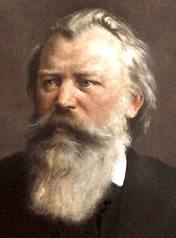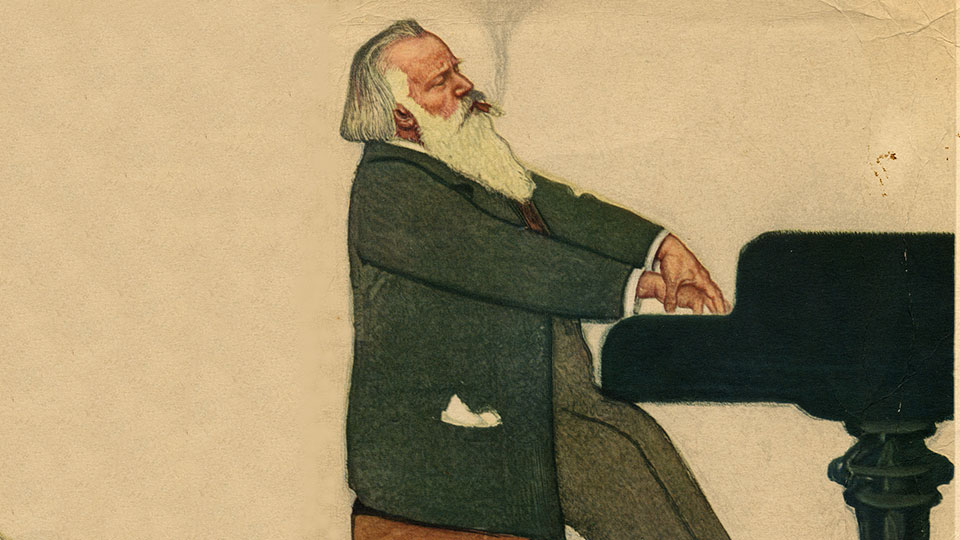Johannes Brahms’s Piano Concerto No. 1 in D minor, Op. 15, is a towering masterpiece that showcases not only the composer’s early genius but also his emotional depth and artistic resilience. Completed in 1858 and premiered in 1859, this concerto marks a turning point in Brahms’s career, as it was his first orchestral work to be performed publicly—and it came with a dramatic and emotional backstory.
A Work Born from Tragedy
The origins of the Piano Concerto No. 1 can be traced to a period of great personal turmoil for Brahms. In 1854, his close friend and mentor, Robert Schumann, suffered a mental breakdown and attempted suicide. Brahms rushed to the Schumanns’ side in Düsseldorf, where he became deeply involved in supporting Robert’s wife, Clara Schumann, and her children. This tragic episode left a profound impact on Brahms, fueling the intense emotional atmosphere that would define the concerto.
Initially, Brahms did not conceive the piece as a concerto. He first began working on it as a sonata for two pianos, and later considered transforming it into a symphony. However, he eventually decided to recast the material into a concerto for piano and orchestra—his first major orchestral effort.
A Bold and Unconventional Composition
Premiered on January 22, 1859, in Hanover, with Brahms himself as the soloist, the Piano Concerto No. 1 was met with mixed reactions. Audiences and critics were unsure how to respond to its unusual structure and brooding intensity. Unlike the virtuosic, flashy concertos of the time, Brahms’s work demanded emotional depth and intellectual engagement from both performer and listener. The concerto’s symphonic scope, dramatic contrasts, and intricate dialogues between piano and orchestra stood apart from the norms of the day.
The concerto is structured in three movements:
- Maestoso – A stormy, epic opening movement, filled with grandeur and pathos. It reflects Brahms’s inner struggle and mourning for Schumann.
- Adagio – A serene and spiritual second movement, often interpreted as a tribute to Clara Schumann. Brahms inscribed the movement with the words “Benedictus qui venit in nomine Domini” (“Blessed is he who comes in the name of the Lord”), suggesting a prayerful dedication.
- Rondo: Allegro non troppo – A rhythmically energetic and triumphant finale that brings the work to a rousing conclusion.
From Controversy to Canon
Despite its rocky start, Brahms’s Piano Concerto No. 1 eventually gained recognition and respect. Over time, audiences and performers began to appreciate its depth and originality. Today, it is considered one of the great piano concertos of the Romantic era—a milestone in Brahms’s development as a composer and a testament to his unwavering artistic integrity.
The concerto’s emotional power, structural complexity, and balance between soloist and orchestra continue to captivate musicians and listeners alike. It not only established Brahms as a serious composer of orchestral music but also laid the groundwork for his later symphonies and concertos.
Conclusion
Brahms’s Piano Concerto No. 1 stands as a bold artistic statement from a young composer grappling with loss, loyalty, and love. Born from the ashes of personal tragedy and professional doubt, it emerged as a monumental work of music that has stood the test of time. For any listener, it offers a profound journey into the soul of one of classical music’s greatest minds.


Comments are closed